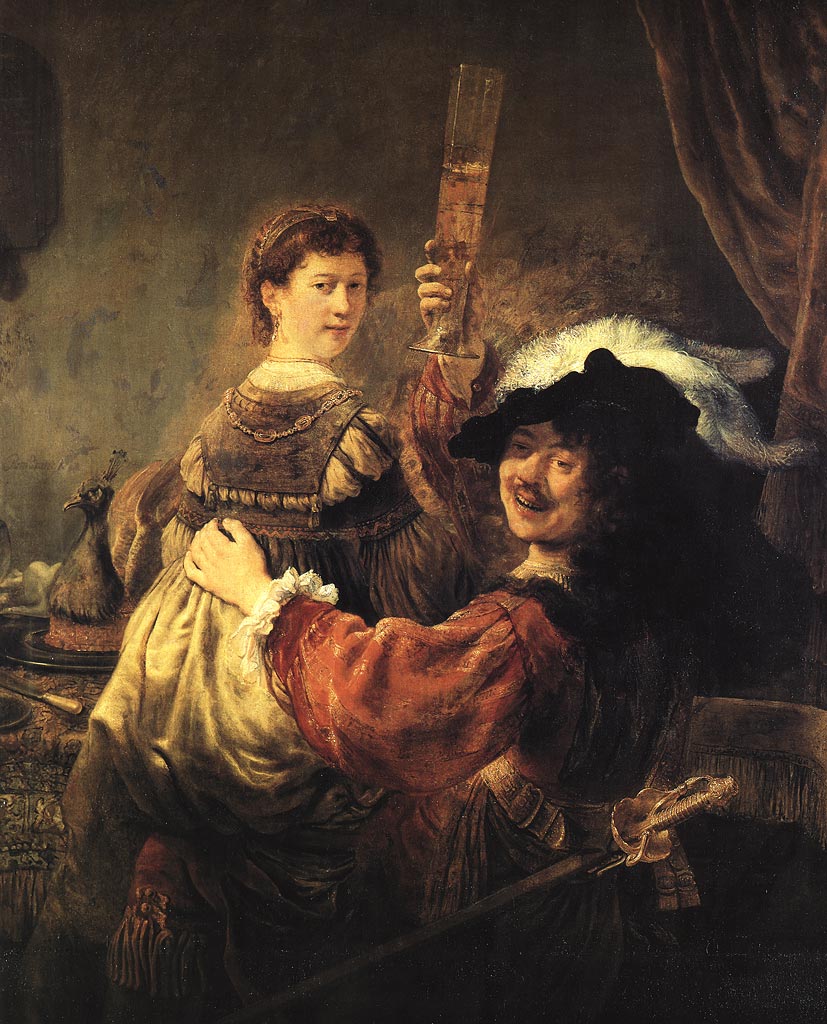
- This course has passed.
Giants of the 17th Century
12 January 2023 - 16 March 2023
10.45 – 12.45 Thursdays
£66.00 – £550.00

Description
A divided Europe pitted Calvinist restraint against the flamboyance of Catholic church and courts, served by an extraordinary array of artists and art forms – landscape in Holland, extravagant allegory for the courts, the drama of baroque architecture, and portraits which captured the personalities of the age. This series will concentrate on three exceptional near-contemporaries, Rembrandt, Rubens and Velasquez, but also consider their context and peers, from Frans Hals to Anthony van Dyck and Gian Lorenzo Bernini, artists who represented the spirit and diversity of this febrile world.
“A fascinating exploration of the influence of an era of which I confess to having a nebulous grasp on art and architecture which I will now see in a new light – I bow to none in my admiration of Nicole as a speaker – fluent, precise and authoritative”
Course Outline
12 Jan 2023 – Introduction And Caravaggio
After an overview of our subject, we start by considering the fractured background of the C17th, the rise of a newly independent Holland and the super-power that was Spain, and the influence that this was to have on the arts it produced. We conclude by examining the work of Caravaggio, whose short career was to influence all his successors, across the divide.
19 Jan 2023 – Rubens – Devotion
No artist of the age was more sought-after and imitated than the Fleming, Peter Paul Rubens, whose personal charm and erudition made him loved as a courtier and whose baroque style became the archetypal form of Catholic Europe. The beauty of his sumptuous colour and movement combined with energy and emotional truth to capture the mood of the Counter Reformation church.
26 Jan 2023 – Rubens – Celebration
The sheer joie de vivre of Rubens is probably most evident in his range of mythological subjects but the same warmth and sensuality also animated his portraits, from the most intimate, of his wife and family, to royalty. His most exceptional pupil, Antony van Dyck, took a version of that style to England, and brought glamour and immortality to the court of Charles I.
02 Feb 2023 – Rembrandt – Restraint
Established as a result of religious differences, Holland stood virtually alone as a major Protestant power, and its wealth and faith influenced both the style and subjects of its art. The context of the Dutch Golden Age created a distinctive range of subjects, from landscape to genre, all of which Rembrandt explored in an entirely personal way, in drawings, etchings and paint.
09 Feb 2023 – Rembrandt -The Face Of Prosperity
Despite the breadth of his subjects, there is none with which Rembrandt is more firmly associated than that of portraiture. He brought to it a unique humanity, which only became deeper and more perceptive as he aged, from the innovations of The Night Watch to the unflinching honesty of his self-portraits. A comparison of Rembrandt’s work with that of Frans Hals is both fascinating and revealing.
16 Feb 2023 – Rome – Triumph
The 17th century transformed the city of Rome into the triumphal heart of Catholic authority, recreated by a combination of extravagant patronage and great architects, none more than Gian Lorenzo Bernini, whose buildings and sculpture not only formed the city he made his home, but invigorated the spirit of the Church and its authority across the Continent.
23 Feb 2023 – Velasquez – The Spanish Tradition
As the foremost Catholic nation, Spain nonetheless followed a quite distinctive path, its art more sombre and thoughtful than many of its counterparts. From the dominant tradition of still-life and religious themes, the work of artists such as Murillo and Zurbaran, we examine the forces that created the greatest Spanish artist of the age, Diego Velasquez, and begin to explore his work in mythology and religion.
02 Mar 2023 – Velasquez – The Nature Of A Court
Once at the court of Philip IV, Velasquez almost immediately became the sole accredited portraitist of the king – a gateway to a life of portraiture covering the gamut of his society, from his slave, Juan de Pareja, to Pope Innocent X, to the unparalleled compassion of his studies of court dwarves. Looming over all these, however, is Las Meninas, a painting once described as being nothing less than “life itself”.
09 Mar 2023 – The French
The most creative French artists were not associated with the court. The candlelight paintings of Georges de la Tour were created in Lorraine, those of Trophime Bigot in Provence and, in Paris, the Le Nain brothers produced realistic studies of rural life. Above all, though, we will look at two artists who made their lives and reputations in Rome and brought classicism to landscape painting – Claude le Lorrain and Nicolas Poussin.
16 Mar 2023 – Change
By the last quarter of the 17th century, all our “Giants” are dead, and the attention of Europe comes to focus on a single project which became the symbol of a rising state – Versailles, which dictated the model for so much that followed. We explore the shifting balance of our age and look back and contrast the masters who have marked and embodied its experience.